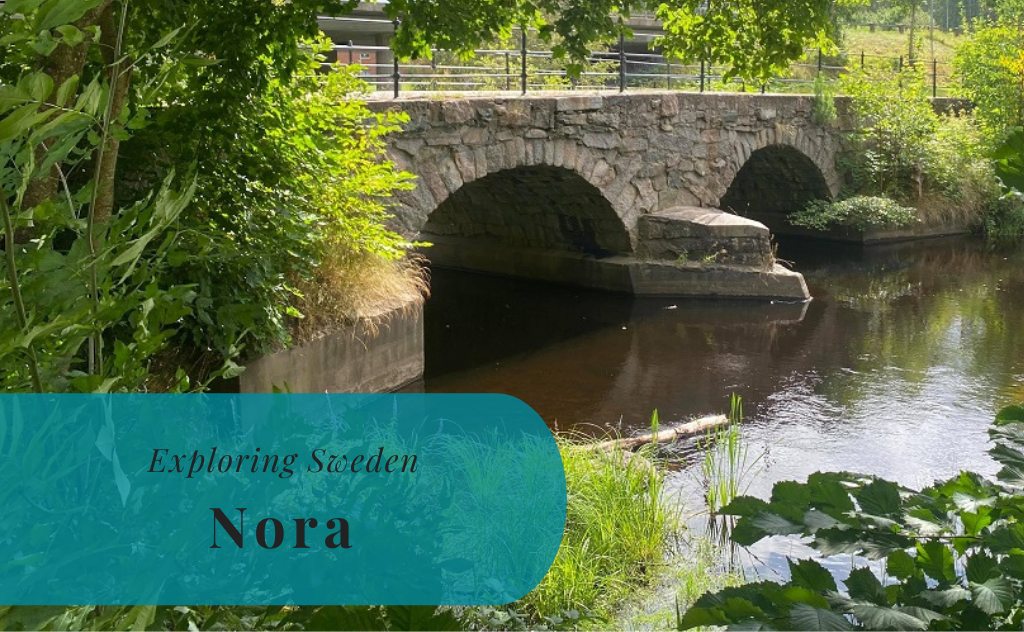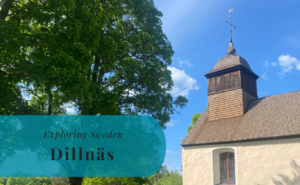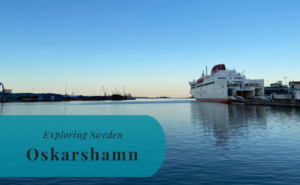At the center of Berglsagen is one of Sweden’s best-preserved wooden towns, Nora. Once the center of commerce for the iron trade, the town is today most famous for its historical buildings, some dating back to the 18th and 19th centuries. Even though Nora belongs to the historical province of Västmanland, it is not a part of the county with the same name. Instead, after a few years as the center of its own county, it is today a part of Örebro County.
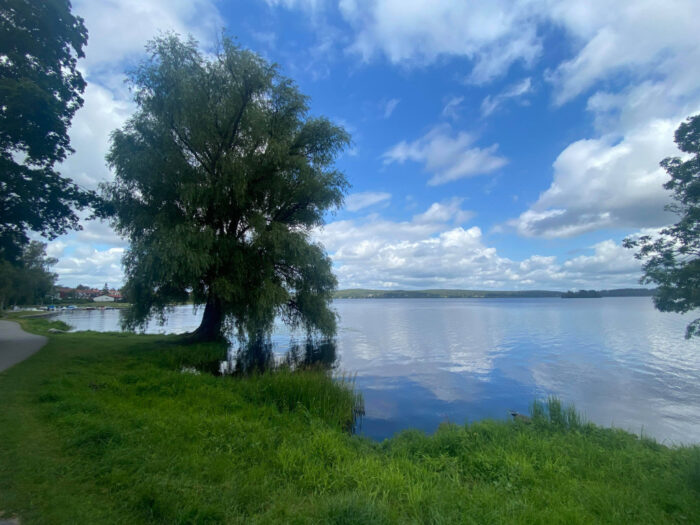



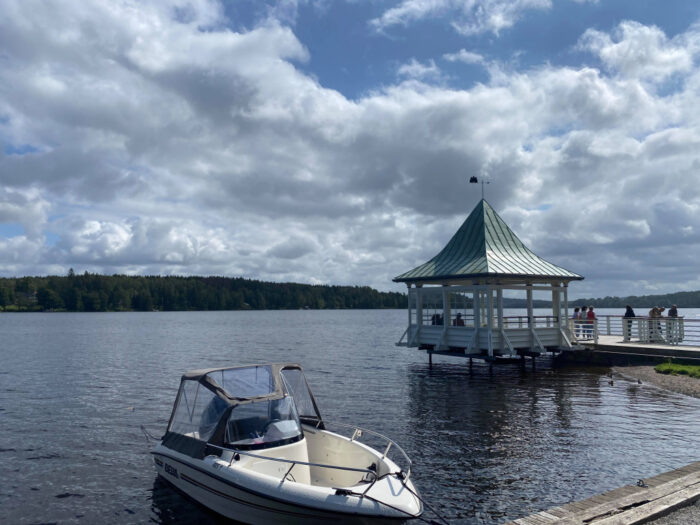
A Short History of Nora
Nora, or Noraskog, was mentioned in written sources from the 14th century, then as the name of the parish. At its center was a church village that in the 1540s only had 12 taxable homes. It would be the king Gustav Vasa that in 1527 confirmed Nora as a marketplace for the area, including for the produced iron. Nora received its town privileges in 1643, the same year as nearby Lindesberg. The town also became the seat of the new Järle County, which was then renamed Nora County. The county was, however, merged with Örebro already in 1648.
The railway to Nora was completed in 1856 and it marked the first railway in Sweden where locomotives were used instead of horses. The railway went from Nora to Ervalla, a distance of 18 kilometers. It was the transport of iron and iron ore that had created the need for better transports.
The economic boom for the iron industry resulted in the fast development of Nora during the second half of the 19th century. But its end would also see several mines closing at the turn of the century, meaning that almost all iron trade in Nora ceased. It did, however, not stop the town from continuing its growth.





Things to Do and See
With an old city comes a few old sights. Old, in this case, does not mean boring, the town has been able to save quite a few impressive buildings during the centuries. In addition, there is also the surrounding nature.
The Wooden Town
Nora has been able to preserve many of its streets and buildings in its center as they looked during the 18th and 19th centuries. Walking along the central streets is one of the town’s main attractions. You guess correctly, the old town is made of wood.
Railway Museum
The railway museum and its vintage railway really provide a glimpse into the past. Next to the station are several old locomotives and wagons from the railway’s long history. There is still a train, with a steam locomotive, regularly making the journey from Nora to Järle along the old tracks. This is a part of the previous railway between Nora and Ervalla, which was a little longer in length, and also the first locomotive driven railway in Sweden that opened in 1856.
Nora Station
Nora Station today houses the tourist information but the building dates back as far as the railway itself. The first station building was built in 1855 but was replaced with the current in 1898.
Kvarteret Bryggeriet
Kvarteret Bryggeriet is a historically industrial area in Nora with buildings from the 1890s to the 1950s. The buildings today house several small workshops, galleries, and cafés. Their original use was however manufacturing, mostly of fuse and tar. There was also a brewery that produced beer up until the 1950s.
Göthlinska gården
Göthlinska gården is the Göthlin family’s burgher home. It dates back to the second half of the 19th century. Ever since it was donated by the daughter in the family upon her death in 1961, it has belonged to the town. The house is today a museum and has almost been left untouched since then.
Nora Lake
With the town directly on the shores of the lake, the water is never far away. Visitors can either enjoy walking along the waterfront or head either to the north or south of the town. Here are the two local beaches, Trångbo and Hitorp.
Alntorp Island
In the middle of Lake Nora is Alntorp Island. Here visitors will find a lot of summer activities, such as a beach, miniature golf, walking paths, and a few more things of interest. During the summers the boat Plauskus provides the transport across.




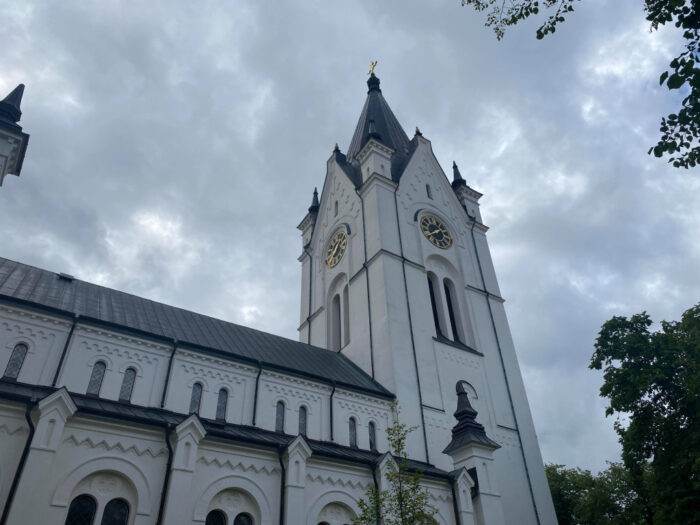
How to Get to Nora
- Flights: The closest airport is Örebro Airport (ORB), 47 kilometers away, which has mostly charter and domestic flights. In addition, there is Stockholm-Arlanda Airport, 221 kilometers away with international flights.
- Car: Nora is along road 244 between Lilla Mon at the larger road 50 and Gryttorp
- Bus: Local and regional buses from Länstrafiken Örebro connect Nora with the surrounding region.
- Train: There are no regular trains trafficking the station in Nora.
The driving distance from 5 major Swedish cities, according to Google Maps:
- Stockholm – 220 kilometers (2h 40min)
- Gothenburg – 316 kilometers (3h 55min)
- Malmö – 543 kilometers (6h 1min)
- Linköping – 159 kilometers (2h 14min)
- Kiruna – 1281 kilometers (15h)
Find out more about other destinations in Sweden by visiting our page Exploring Sweden
